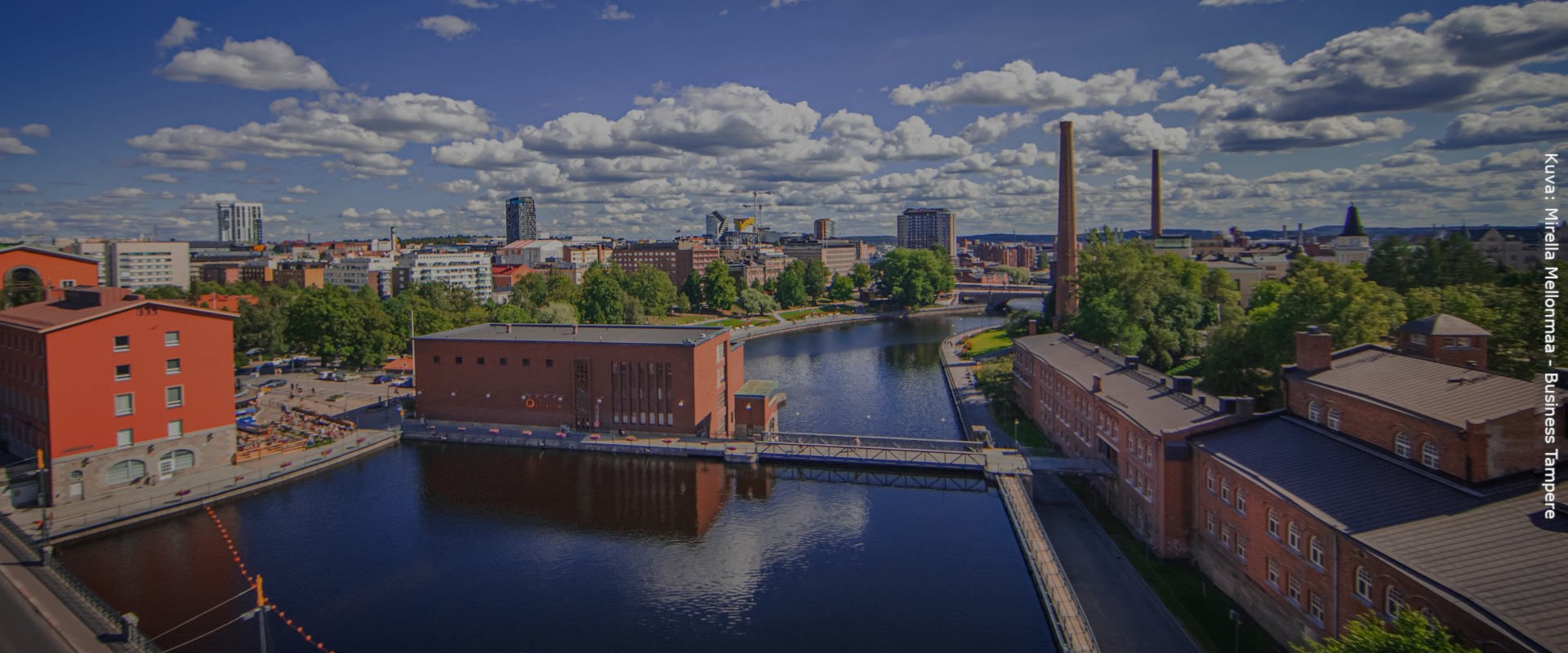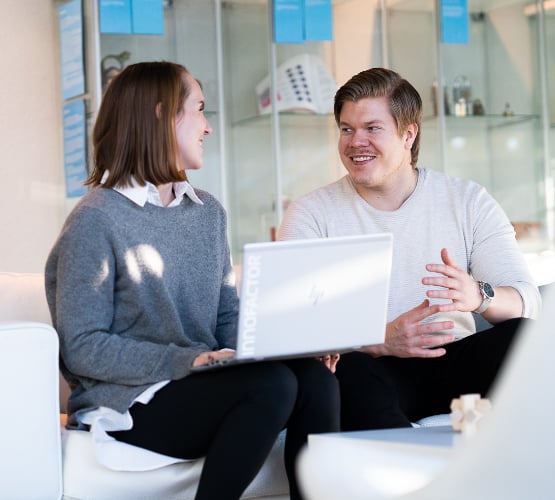"We did not previously have a common system, and there was an obvious need for it. The CRM systems used by different units and organizations were very different from each other, with some using Excel and others using some other systems," says Project Manager Suvi Jokela from the City of Tampere Employment and Growth Services unit.
The CRM system procurement process was launched in cooperation with Kuntien Tiera, a service company that is fully owned by the municipal sector. The preliminary study phases and the first small-scale demos were carried out in 2019–2020.
"We wanted to have a system that is compatible with the Microsoft environment, as we use Microsoft Office 365. We knew that the solution would need to be based on Microsoft Dynamics. Kuntien Tiera had carried out previous tendering processes to select providers of Microsoft-based solutions. We were lucky to get started so quickly and make such rapid and agile progress," Jokela explains.





